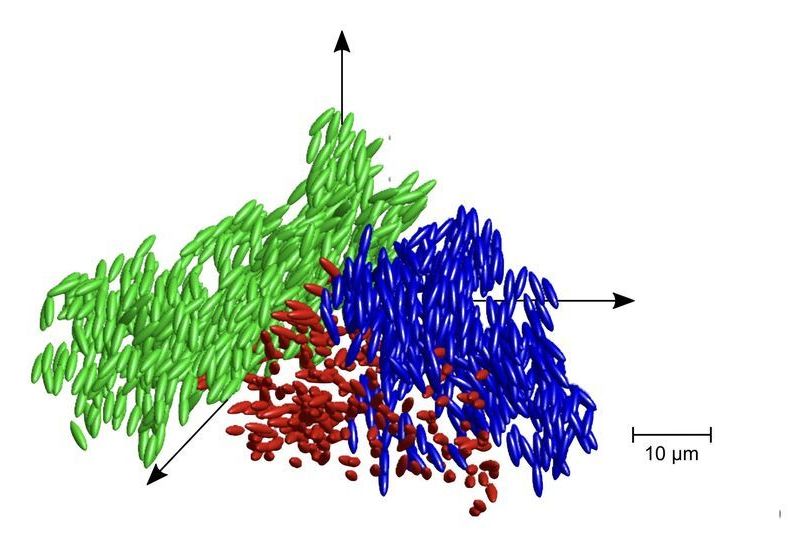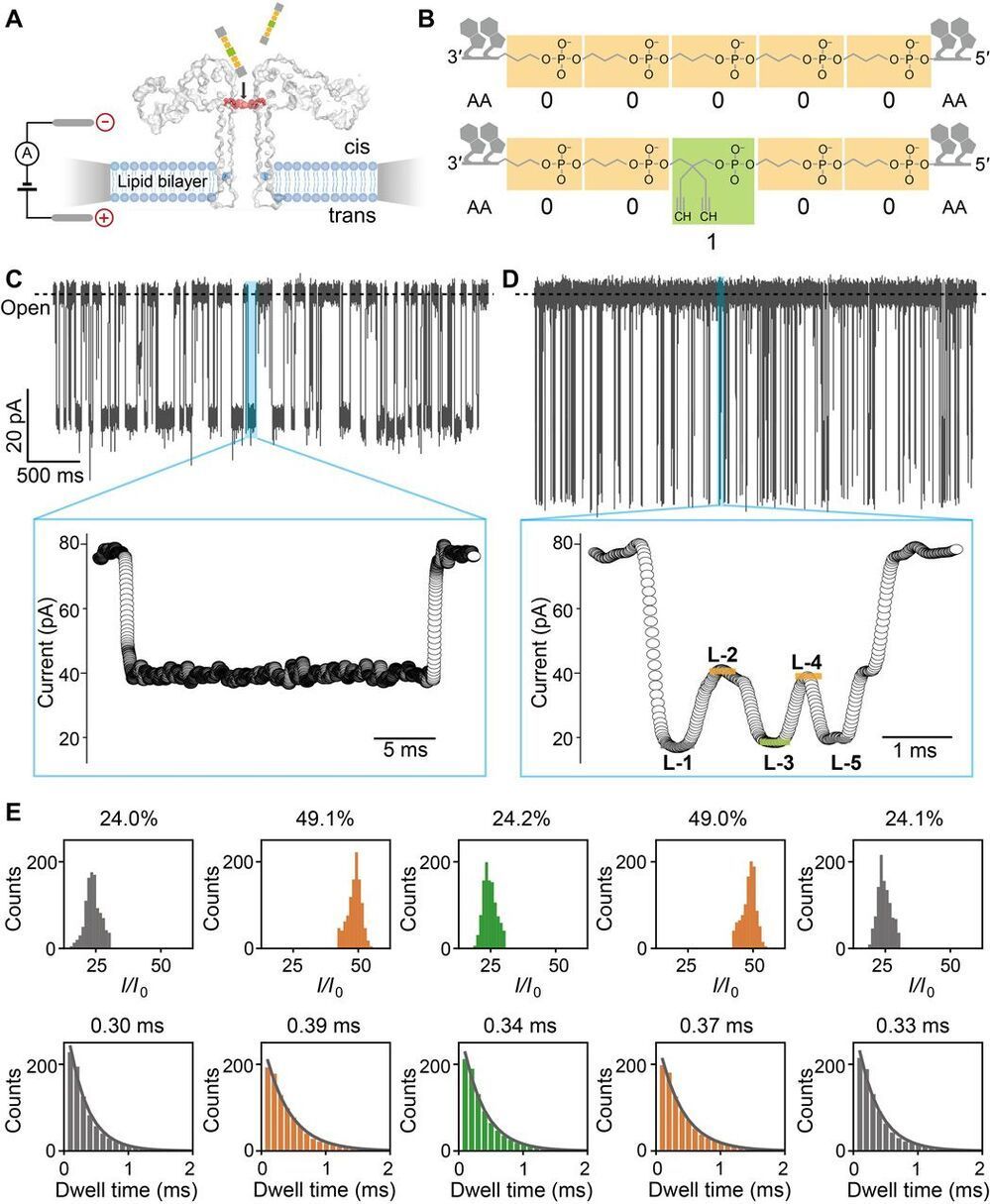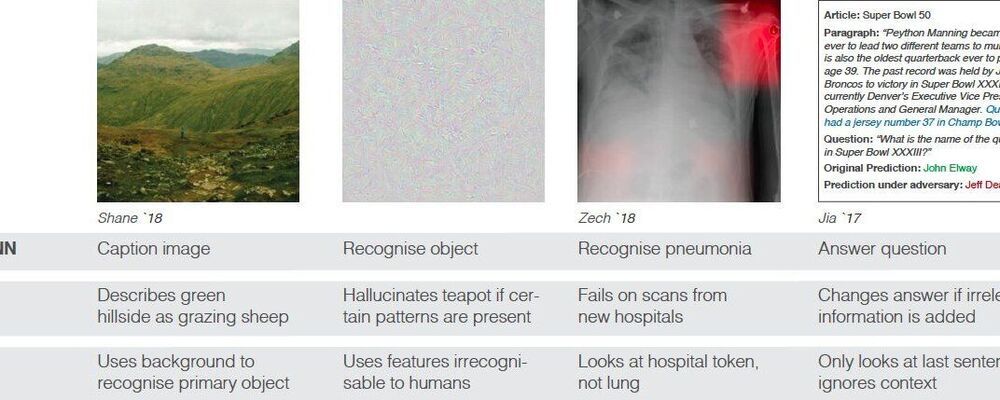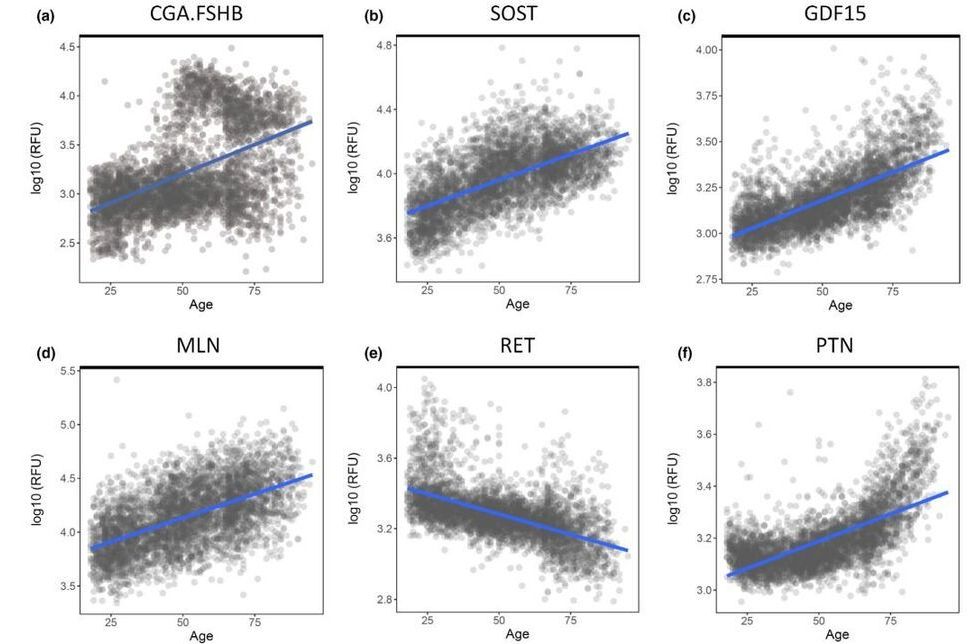The idea of slowing down the ageing process and living healthier, more productive lives is hugely appealing. It’s led to a growing trend for people looking to take control of their own biology, optimising their bodies and minds through ‘biohacking’. But how safe and ethical is this pursuit of longevity? And are there more natural ways of expanding your healthy lifespan? Video by Dan John Animation by Adam Proctor.
Category: biological – Page 157
Scientists have figured out a cheaper, more efficient way to conduct a chemical reaction at the heart of many biological processes, which may lead to better ways to create biofuels from plants.
Scientists around the world have been trying for years to create biofuels and other bioproducts more cheaply; this study, published today in the journal Scientific Reports, suggests that it is possible to do so.
“The process of converting sugar to alcohol has to be very efficient if you want to have the end product be competitive with fossil fuels,” said Venkat Gopalan, a senior author on the paper and professor of chemistry and biochemistry at The Ohio State University. “The process of how to do that is well-established, but the cost makes it not competitive, even with significant government subsidies. This new development is likely to help lower the cost.”
Discovery of liquid glass sheds light on the old scientific problem of the glass transition: An interdisciplinary team of researchers from the University of Konstanz has uncovered a new state of matter, liquid glass, with previously unknown structural elements—new insights into the nature of glass and its transitions.
While glass is a truly ubiquitous material that we use on a daily basis, it also represents a major scientific conundrum. Contrary to what one might expect, the true nature of glass remains something of a mystery, with scientific inquiry into its chemical and physical properties still underway. In chemistry and physics, the term glass itself is a mutable concept: It includes the substance we know as window glass, but it may also refer to a range of other materials with properties that can be explained by reference to glass-like behavior, including, for instance, metals, plastics, proteins, and even biological cells.
While it may give the impression, glass is anything but conventionally solid. Typically, when a material transitions from a liquid to a solid state the molecules line up to form a crystal pattern. In glass, this does not happen. Instead, the molecules are effectively frozen in place before crystallization happens. This strange and disordered state is characteristic of glasses across different systems and scientists are still trying to understand how exactly this metastable state forms.
“For example, a number of animals benefit from solar-powered molecules. The pea aphid produces pigments that, with the aid of light, generate adenosine triphosphate, or ATP, the compound that powers reactions with cells. In addition, a stripe of yellow pigment on the exoskeleton of the Oriental hornet (Vespa orientalis) converts light to electricity, which could help to explain why these insects become more active during the middle of the day. Other animals make use of actual photosynthesis, using sunlight, water and carbon dioxide to produce sugars and other vital compounds. Plants and algae rely on chloroplasts, structures within their cells, to carry out photosynthesis, but Elysia sea slugs can steal chloroplasts from algae they graze on, to help them live solely on photosynthesis for months… Many other animals reap benefits from photosynthesis by forming partnerships instead. For instance, most corals partner with photosynthetic symbiotic microbes known as zooxanthellae, while the eggs of spotted salamanders receive valuable oxygen from algae.”
If humans had green skin, for instance, what if it granted us the ability to perform photosynthesis, which plants use to live off of sunlight?
Digital data storage is a growing need for our society and finding alternative solutions than those based on silicon or magnetic tapes is a challenge in the era of “big data.” The recent development of polymers that can store information at the molecular level has opened up new opportunities for ultrahigh density data storage, long-term archival, anticounterfeiting systems, and molecular cryptography. However, synthetic informational polymers are so far only deciphered by tandem mass spectrometry. In comparison, nanopore technology can be faster, cheaper, nondestructive and provide detection at the single-molecule level; moreover, it can be massively parallelized and miniaturized in portable devices. Here, we demonstrate the ability of engineered aerolysin nanopores to accurately read, with single-bit resolution, the digital information encoded in tailored informational polymers alone and in mixed samples, without compromising information density. These findings open promising possibilities to develop writing-reading technologies to process digital data using a biological-inspired platform.
DNA has evolved to store genetic information in living systems; therefore, it was naturally proposed to be similarly used as a support for data storage (1–3), given its high-information density and long-term storage with respect to existing technologies based on silicon and magnetic tapes. Alternatively, synthetic informational polymers have also been described (5–9) as a promising approach allowing digital storage. In these polymers, information is stored in a controlled monomer sequence, a strategy that is also used by nature in genetic material. In both cases, single-molecule data writing is achieved mainly by stepwise chemical synthesis (3, 10, 11), although enzymatic approaches have also been reported (12). While most of the progress in this area has been made with DNA, which was an obvious starting choice, the molecular structure of DNA is set by biological function, and therefore, there is little space for optimization and innovation.
Over the past few years, artificial intelligence (AI) tools, particularly deep neural networks, have achieved remarkable results on a number of tasks. However, recent studies have found that these computational techniques have a number of limitations. In a recent paper published in Nature Machine Intelligence, researchers at Tübingen and Toronto universities explored and discussed a problem known as ‘shortcut learning’ that appears to underpin many of the shortcomings of deep neural networks identified in recent years.
“I decided to start working on this project during a science-related travel in the U.S., together with Claudio Michaelis, a dear colleague and friend of mine,” Robert Geirhos, one of the researchers who carried out the study, told TechXplore. “We first attended a deep learning conference, then visited an animal research laboratory, and finally, a human vision conference. Somewhat surprisingly, we noticed the very same pattern in very different settings: ‘shortcut learning,’ or ‘cheating,’ appeared to be a common characteristic across both artificial and biological intelligence.”
Geirhos and Michaelis believed that shortcut learning, the phenomenon they observed, could explain the discrepancy between the excellent performance and iconic failures of many deep neural networks. To investigate this idea further, they teamed up with other colleagues, including Jörn-Henrik Jacobsen, Richard Zemel, Wieland Brendel, Matthias Bethge and Felix Wichmann.
Future leather…may be made from fungus! Cool! 😃
Around five years ago, US companies MycoWorks and Ecovative invented and patented fungus-derived leather technologies. These technologies use the mushroom’s root-like structure, known as mycelium. When mycelium is grown on agricultural waste or sawdust, they produce a thick mat that can be treated to look like leather.
This natural biological process can be conducted anywhere since the roots are used and not the mushrooms. The process doesn’t need light; it turns waste into something useful and stores carbon by collecting it in the growing fungus.
Making fungi leather (or mycelium leather) is an overall significantly quicker process than traditional leather. It takes years to raise a cow to maturity, while going from a single spore to a finished fungi leather takes weeks.
Summary: When convolutional neural networks are trained under experimental conditions, they are deceived by the brightness and color of a visual image in similar ways to the human visual system.
Source: UPF Barcelona.
A convolutional neural network is a type of artificial neural network in which the neurons are organized into receptive fields in a very similar way to neurons in the visual cortex of a biological brain.
An expert panel is meeting Thursday to consider whether the Food and Drug Administration should issue a second emergency use authorization for a Covid-19 vaccine, this one made by Moderna. It is almost a foregone conclusion that it will. But the hearing still promises to tell us more about the vaccine and its use. The FDA gave Moderna’s vaccine a favorable review in the leadup to the meeting, all but guaranteeing the Vaccines and Related Biological Products Advisory Committee will recommend an EUA be granted. It’s also widely expected the FDA will issue the EUA on Friday.
The authorization will mark the second Covid-19 vaccine cleared by the agency — and amount to one more step toward curbing the pandemic.








